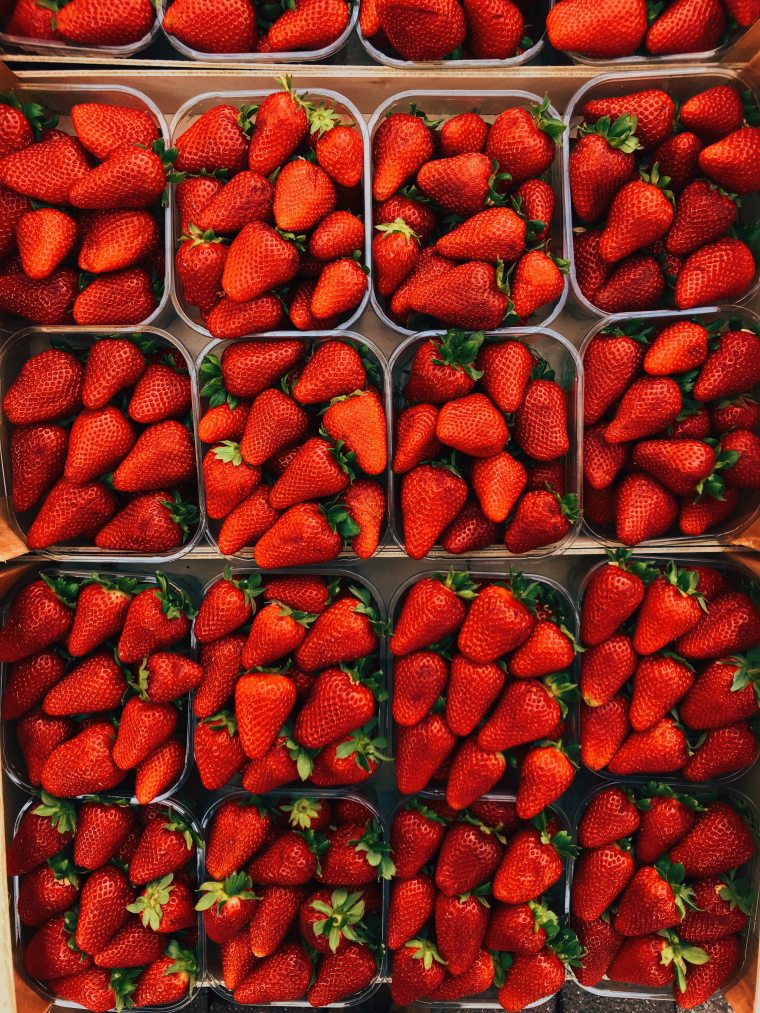This post is a long time coming. With many different companies talking about a greener packaging they have I have gotten confused about what actually is environmentally friendly packaging. Then after visiting the plastic recycling centre in Scotland and hearing all about plastic recycling and whether biodegradable plastic fits into plastic recycling, I found out some new information. Once when looking at a seemingly green website I checked their packaging which they claimed to be great for the environment as it is photodegradable. Was it greenwashing or was it just ignorance, I don’t know, so I decided to find out properly what these packaging words mean that are floating around. I certainly don’t know everything, but I did research into multiple sources to find the most reliable information. I hope it will help some of you understand these words as well. And I am talking about the packaging connecting to food more than anything else, but it does correlate to other industries as well.

Photodegradable
Photodegradable means that it will decompose with sunlight, meaning it will break into smaller pieces when subjected to light. The big problem with photodegradable packaging is that it sounds like it would be a good option for the environment, however, nearly everything in the world will decompose, the question is how quickly will it decompose and whether it will leave any harmful substances when it does. Some products may take thousands of years to decompose and in many cases when they decompose they release harmful chemicals into the environment and the waterways. The fact that something is photodegradable doesn’t tell much about the product, other than it requires sunlight to do so.

Biodegradable
Biodegradable means that the decomposing happens when the items are subject to living organisms such as fungi or bacteria. In general, biodegradable is a term associated with green packaging, and it’s been considered as a great alternative because what comes from nature goes back. However, biodegradable doesn’t always mean it comes from nature.
There are several terms that all can be confused with each other, but don’t actually mean the same thing; biodegradable plastic, bioplastic and biodegradable materials such as paper. Biodegradable plastic is essentially plastic that is designed to decompose quickly by adding additives to them, and bioplastic is plastic made out of natural materials such as corn starch. Both of these are essentially plastics as they are made out of polymers, but each of these materials behaves differently when decomposing, it takes them varied times to decompose and they require different environments for decomposing often high temperatures and possibly even UV lights. Biodegradable does not mean we can throw the items with an easy conscience into the bin, as the landfill is not an optimum environment for them to decompose and instead the decomposing could release methane gas. Nor can we throw them in the compost without knowing what they are actually made out of or whether they are suitable for home or industrial composting (more on that in composting section).
Biodegradable Plastic
The big problem with biodegradable is that it is often misconceived as a natural material that is better for the environment, but this is a generalisation. Lately biodegradable plastic has been in the news for all the soda bottles which were contributing to the oceans microplastic problem because the plastic degraded quickly but only into small pieces instead of disappearing completely. If packaging is market as biodegradable it really requires further information on in what conditions is it biodegradable and whether it leaves harmful residues when it is biodegraded. In a sense, biodegradable is a buzz word as it doesn’t inform consumers of what they need to do with the packaging. It could require industrial composting and often it cannot be recycled with other plastics as it rather contaminates them. Biodegradable products are not regulated.
Bioplastic
Bioplastics, on the other hand, are derived from renewable sources such as corn starch, sugarcane, bacteria etc. Bioplastic can be made into PLA which is compostable in the right environment or PET which is not compostable, so whether bioplastic is compostable is dependant on what kind of plastic is created with it. This also brings the question of how to dispose of it, as PLA could potentially be put into a compost bin but it would contaminate the plastic recycling making it unrecyclable and PET would contaminate the compost but could possibly be recycled with conventional PET plastic.
As bioplastic sounds like an excellent alternative there are some serious environmental consequences. To make bioplastic a lot of crops is grown which requires intensive agriculture, which is not modified in the same way as food agriculture is and it can lead to soil erosion and fertilizer runoff. On top of the machinery that is used in agriculture, possible deforestation and space it takes from food agriculture. Bioplastic made out of bacteria although was the first known bioplastic invented in 1926, is still rarely used.

Compostable
Compostable means naturally derived products that can be put amongst decaying natural substances to decompose by microorganisms eventually turning into nutrient-rich substance. There are two types of compostable products; they can either be composted in a home compost or they need to a special environment that only industrial composting can create.
Composting is a fairly efficient way to process natural waste with great benefits. Compost is a great natural fertiliser that reduces soil erosion, controls ground moisture and weeds and restores soil fertility.
Problems with compost result when the compost is contaminated with synthetic substances or with materials that have toxic dyes for example, or if the home compost is contaminated with other compostable material that requires industrial composting. Food ingredients are quite simple to understand that they are compostable, but the packaging is not quite so simple. There are more rules regarding marking on the packaging about compostability because the packaging needs to be tested according to the compost standards whether it is compostable. That is why, in the UK, most home composts are said to only accept food compost, as any kind of packaging could make people confused about what can be composted and it could easily be contaminated. One issue I have with the UK compost is that they do not even seem to take tissues, but they do take teabags which have plastic in them. So if you are reading this, stop putting tea bags into your compost unless you are 100% sure it doesn’t have plastic in it.
When it comes to food packaging compostable is one of the most sensible options, as food contaminated the plastic and the paper, which makes them unrecyclable. When the packaging is compostable and it has food scraps in it, it all just goes into the same bin. Compostable packaging is regulated and therefore if you see their standards on the packaging you know what you are buying into and how to dispose of the packaging. However, if compostable items are sent to the landfill they produce biogas and methane which are not great for the environment.
These are some of the labels that you can find on packaging which is compostable, but there might be others which should be clearly marked on the packaging.
At the moment I am excited about Vegware which is a Scottish company supplying certified compostable packaging worldwide, Alterwaste for coming up with compostable new solutions to food waste and Percol for having their coffee packet in compostable coffee bags. What companies are you excited about?
With love,
Lii
Packaging photos are from Oleg Magni from Pexels.
Other articles you might be interested in:
Doing Small Changes Won’t Save the Planet – But It’s a Start



